Imagine a plant that doesn’t just passively wait for food, but actually counts, calculates, and times its every move. The Venus flytrap, with its spiky green jaws and lightning-fast reflexes, is a marvel of nature that defies what we think plants can do. Hidden within its simple appearance is a complex, almost mathematical intelligence—one that allows this living trap to distinguish friend from foe, save energy, and secure a meal with surgical precision. What really happens inside those leafy jaws? Prepare to be amazed as we uncover how the Venus flytrap uses its own version of mathematics to survive.
The Mysterious World of the Venus Flytrap
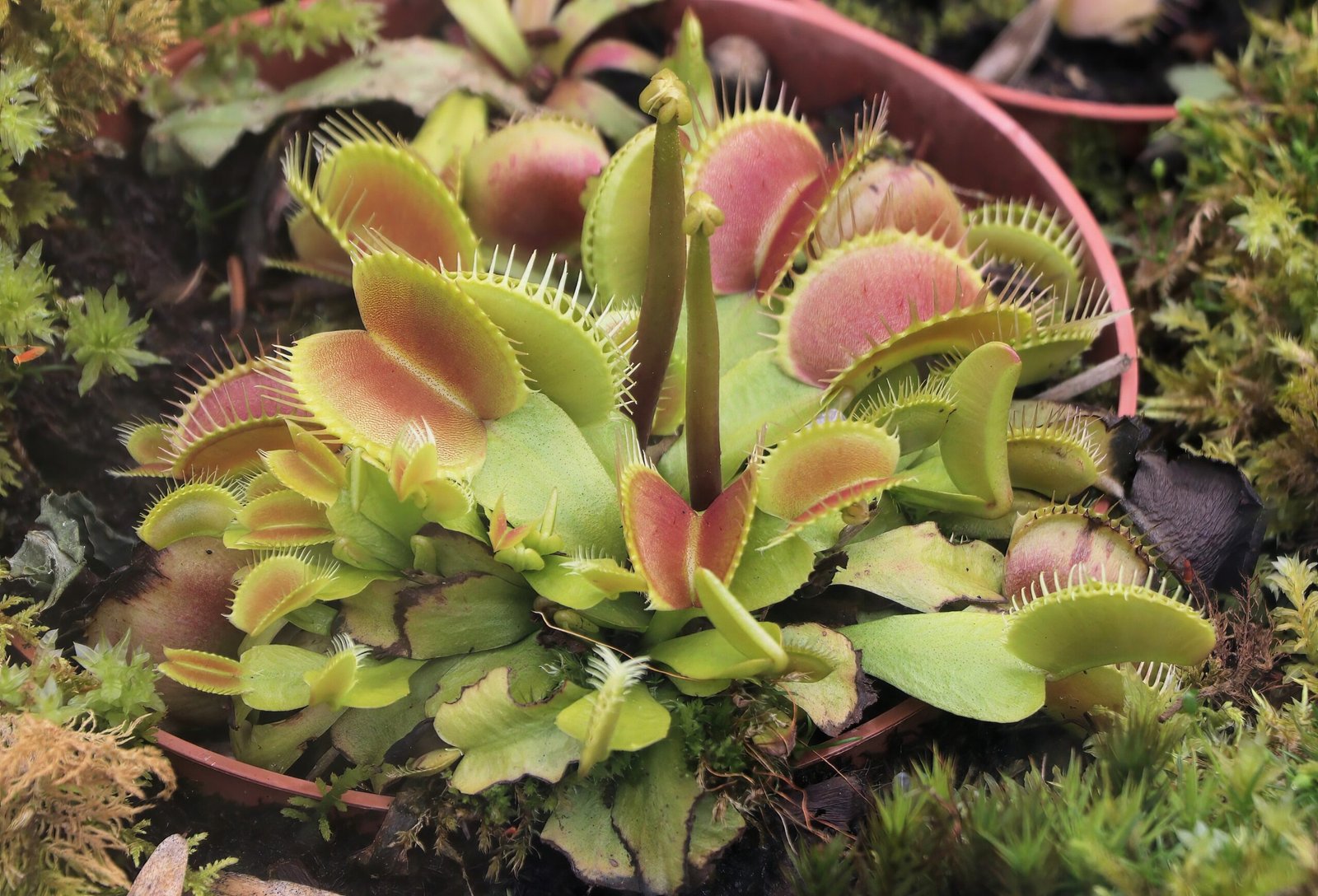
The Venus flytrap is native to the boggy wetlands of the Carolinas in the southeastern United States, where nutrient-poor soil challenges most plants. Unlike its neighbors, this plant developed a shocking solution: it became a hunter. Its leaves form a trap lined with sensitive trigger hairs, just waiting for a sign of life. With its vibrant green color and delicate appearance, it lures insects close—offering a glimpse into a world where plants aren’t just passive green decorations, but active participants in the struggle for survival.
The Anatomy of the Perfect Trap

Each Venus flytrap leaf is divided into two lobes, hinged together and edged with spiky cilia, like tiny prison bars. On the surface of each lobe are three to four sensitive trigger hairs. When an unsuspecting insect brushes against these hairs, it sets off an invisible countdown inside the plant. The trap closes in less than a second, but only after a specific mathematical sequence is satisfied. This careful design ensures that only real, wriggling prey—rather than random debris or a stray raindrop—will trigger the plant’s jaws.
Counting Touches: The Plant’s Hidden Calculator
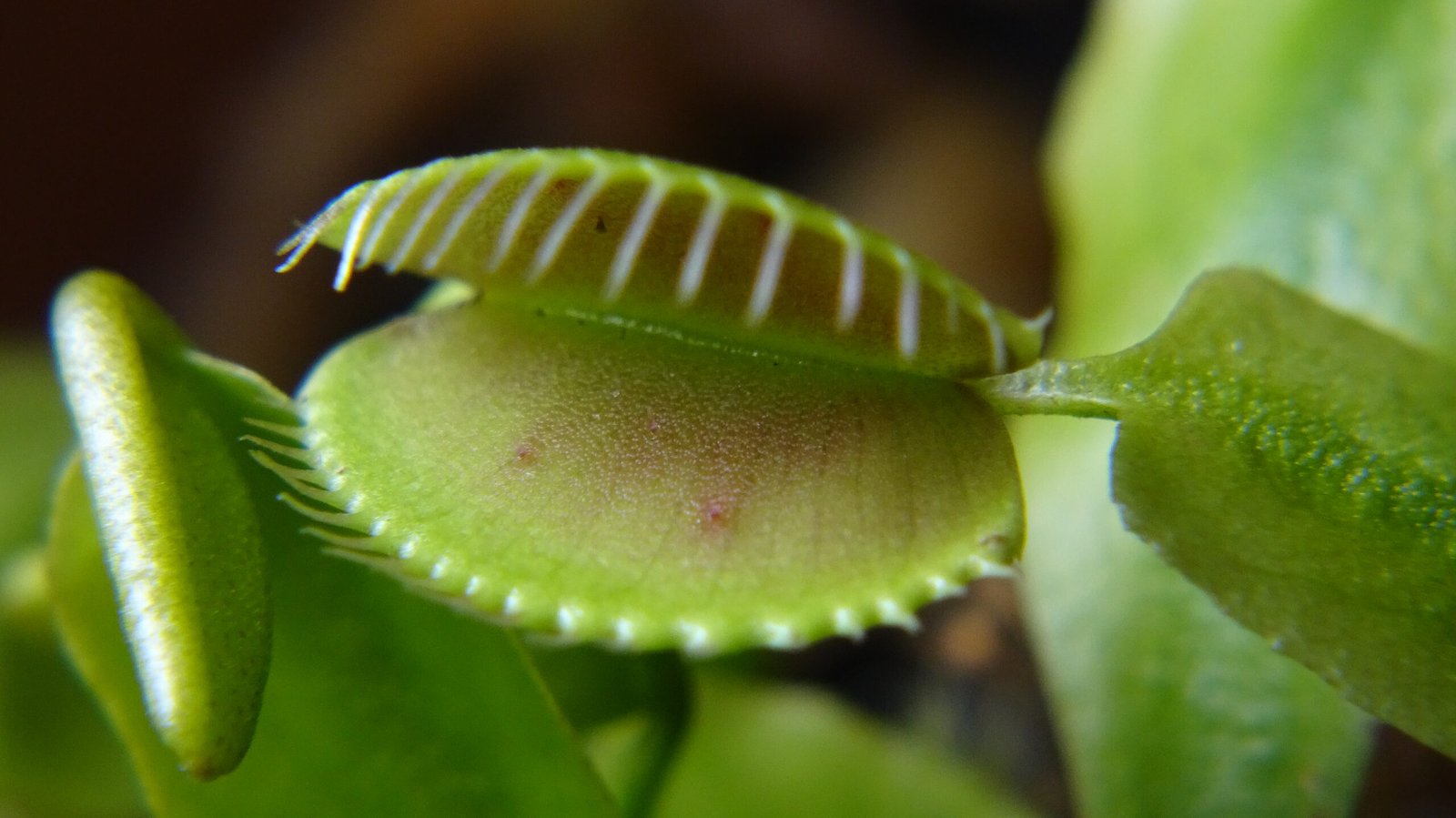
What’s truly astonishing about the Venus flytrap is its ability to count. It doesn’t snap shut at the first sign of movement. Instead, it waits for two touches within about twenty seconds. The first touch primes the trap, and the second confirms the presence of a living creature. This two-step verification process acts like a natural calculator, filtering out false alarms and saving precious energy. In a world where mistakes could mean starvation, the flytrap’s ability to count is a life-or-death advantage.
Why Two Touches? The Science of Energy Conservation
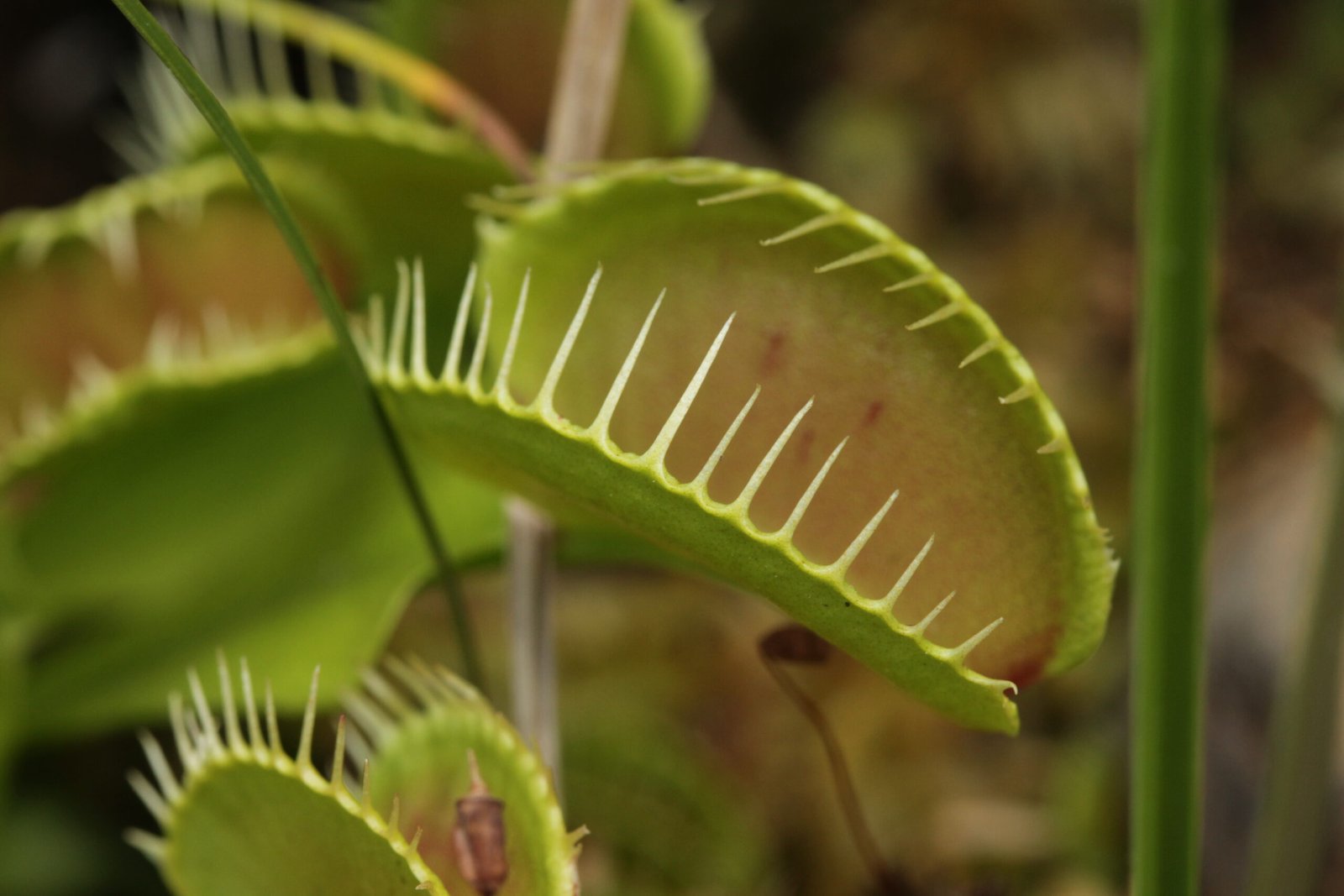
Closing the trap is a costly move for the Venus flytrap. Each snap uses up resources and energy that can’t be easily replenished in its nutrient-poor environment. By requiring two rapid touches, the plant avoids wasting energy on wind, raindrops, or falling leaves. This simple rule of “two strikes and you’re out” is a prime example of how evolution has equipped the flytrap with a surprisingly sophisticated approach to energy management. It’s as if the plant has developed its own version of a mathematical filter, ensuring that only meaningful interactions trigger a response.
More Than Just Trapping: The Role of Additional Touches

Once the trap closes, the Venus flytrap’s mathematical abilities don’t stop. If the trapped insect continues to struggle, further touches to the trigger hairs send additional signals. After five or more touches, special glands on the inner surface of the trap begin to secrete digestive enzymes. This system ensures that the plant only invests in digestion when it’s absolutely certain there’s food to be had. The more the prey moves, the more the plant “knows” it’s worth the effort, fine-tuning its investment in each meal.
The Electrical Symphony Inside the Trap
Each touch of the trigger hairs generates an electrical signal—an action potential—much like the nerve impulses in animals. These signals travel through the plant’s tissues, counting each contact and building up to the critical threshold needed to close the trap. Scientists have compared this to the way neurons work in our own bodies, suggesting that the Venus flytrap’s counting ability is a form of biological computation. This remarkable adaptation blurs the line between plant and animal behavior, showing that intelligence can take many forms.
The Evolutionary Race for Survival
The Venus flytrap’s mathematical prowess didn’t appear overnight. Over countless generations, plants that wasted less energy and caught more prey survived and reproduced, passing on their counting genes. The result is a plant finely tuned to its harsh environment, able to outsmart both predators and prey. This evolutionary arms race has given the Venus flytrap one of the most sophisticated predatory mechanisms in the plant kingdom, making it a true icon of ingenuity and resilience.
Surprising Lessons from a Carnivorous Plant
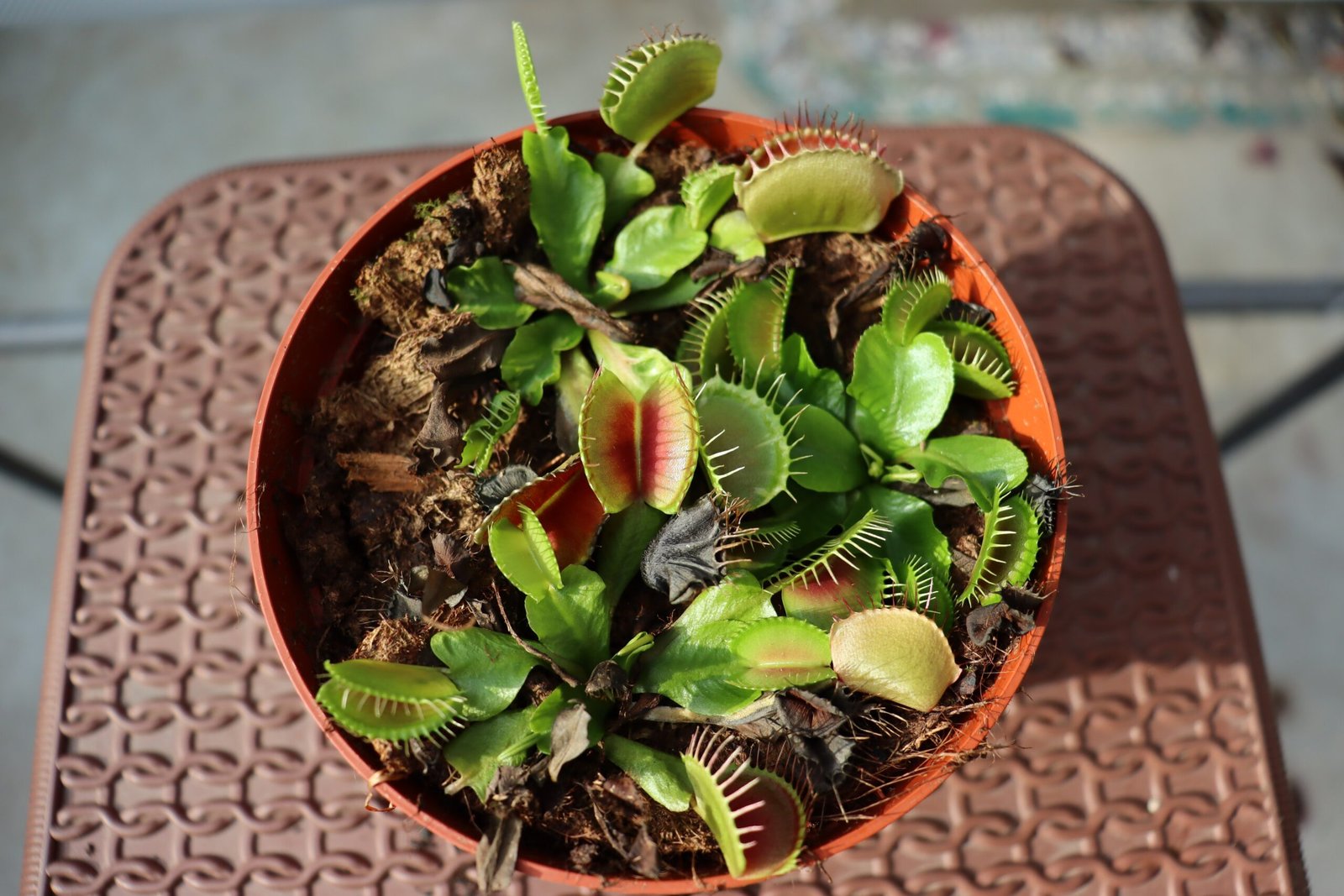
The story of the Venus flytrap challenges our assumptions about intelligence and problem-solving in nature. Who would have thought that a simple-looking plant could use math to survive? Its counting system is more than just a curiosity—it’s a reminder that nature often hides its most brilliant tricks in plain sight. By studying the flytrap, scientists have gained new insights into plant communication, memory, and decision-making, opening doors to fields like biomimicry and robotics.
Can Plants Really Think?
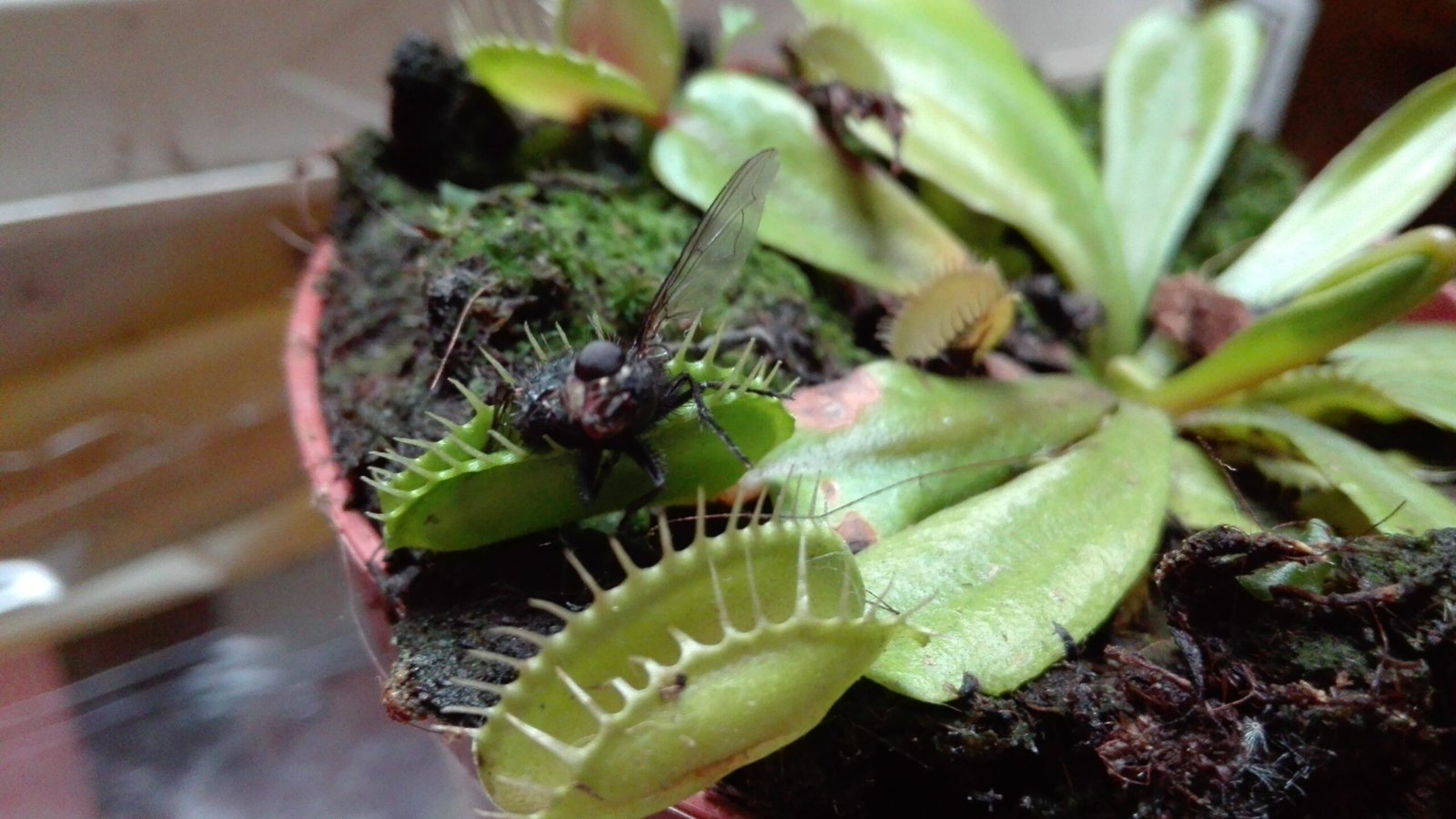
While the Venus flytrap doesn’t have a brain, its behaviors suggest a level of awareness that’s both humbling and inspiring. The way it senses, counts, and reacts to its environment is a form of problem-solving that rivals some animals. Some researchers even argue that plants like the Venus flytrap possess a kind of “intelligence,” albeit very different from our own. This forces us to reconsider what it means to be aware, to make decisions, and to adapt.
The Venus Flytrap in Human Imagination
For centuries, the Venus flytrap has fascinated scientists, artists, and storytellers alike. Its dramatic hunting style and almost animal-like behavior have earned it a special place in folklore and popular culture. From classic horror films to children’s science kits, the flytrap is a symbol of nature’s creativity and unpredictability. Its story reminds us that the natural world is full of secrets waiting to be discovered.
Looking to the Future: What We Can Learn
Scientists continue to unravel the mysteries of the Venus flytrap, hoping to apply its lessons to everything from sustainable agriculture to artificial intelligence. The plant’s efficient, energy-saving strategies could inspire new technologies, while its electrical signalling system offers clues about communication in other living things. By paying attention to the humble flytrap, we may unlock solutions to some of our most pressing challenges.
The next time you see a Venus flytrap, remember: beneath those green jaws is a mind-bending system of counting and calculation, quietly performing nature’s own mathematics. Who knew that such a small plant could teach us so much about intelligence, survival, and the hidden wonders of our world?




